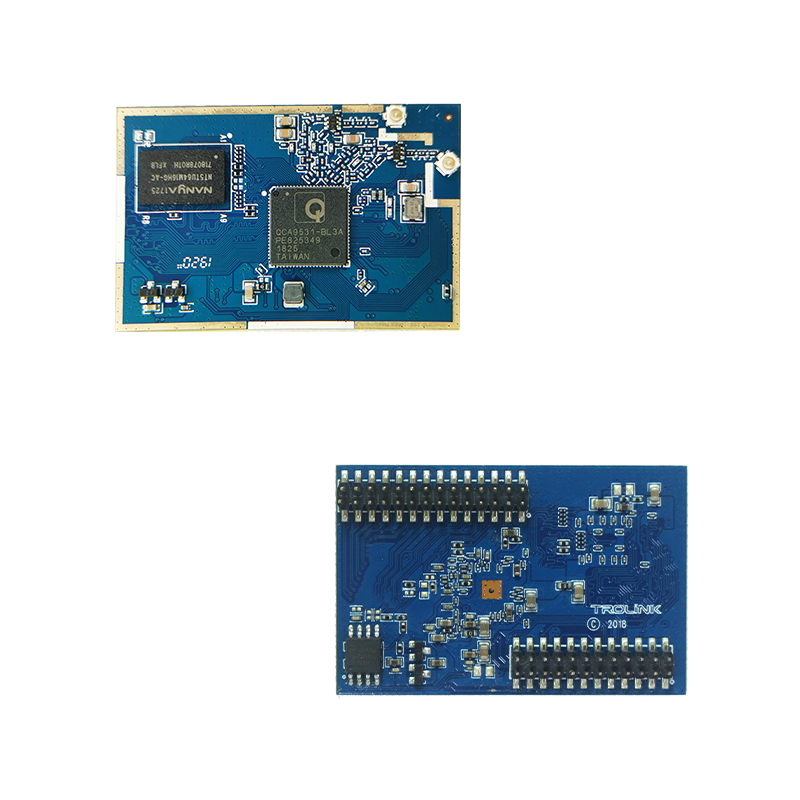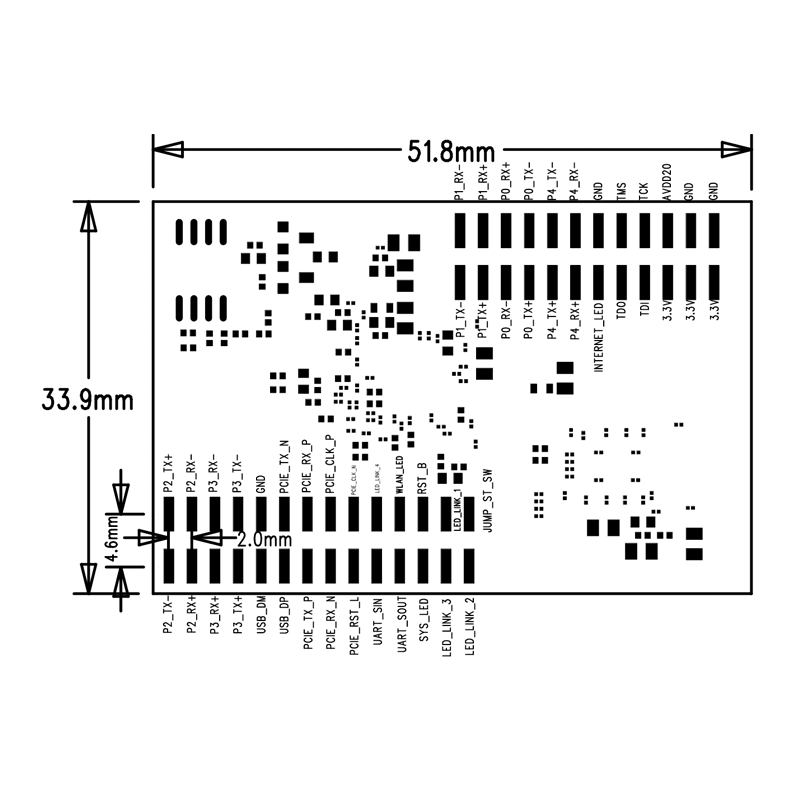Explore the working principle and functions of the AP module. The AP (Access Point) module is the core component in the wireless network, and it plays an important role as a bridge between wireless devices and wired networks. In this article, we will deeply explore the working principle and function of the AP module in order to better understand its role in the wireless network.


First, let's understand how the AP module works. The AP module receives and sends data through wireless signals, converts the data in the wired network into wireless signals, and then transmits them to the wireless devices connected to it. It can also receive data from wireless devices and forward it to the wired network. This conversion and transmission process is realized through the radio and network interface inside the AP module.
The functions of the AP module are very rich, and we will introduce them one by one below.
1. Network connection: The AP module can be connected to a wired network to provide network access for wireless devices through the Internet connection provided by the wired network. It can forward the data in the wired network to the wireless device, and transmit the data sent by the wireless device back to the wired network.
2. Signal coverage: The AP module can expand the coverage of the wireless network. By placing multiple AP modules, seamless roaming can be achieved, enabling users to maintain the stability of network connections when switching between different areas.
3. Security: AP module provides a series of security functions, such as WPA2 encryption, MAC address filtering and guest network, etc. These features protect wireless networks from unauthorized access and attacks.
4. Management and monitoring: AP modules are usually equipped with a management interface through which administrators can configure and monitor the AP module. They can view information such as the number of connected devices, signal strength, and network traffic, and make necessary adjustments and optimizations.
5. Wireless frequency band selection: AP module supports multiple wireless frequency bands, such as 2.4GHz and 5GHz. By choosing the right frequency band, interference can be reduced and network performance improved.
6. Load balancing: The AP module can automatically adjust the priority and distribution of data transmission according to the number of connected devices and network load conditions to achieve load balancing and improve network stability and performance.
7. Client management: The AP module can manage the wireless devices connected to it, including assigning IP addresses, limiting bandwidth and controlling access rights, etc. These features help administrators better manage and control network resources.
8. Wireless expansion: The AP module can be used in conjunction with other AP modules to form a wireless expansion network. This extended network can cover a larger area and provide better network connectivity and user experience.
9. VLAN support: The AP module can support virtual local area network (VLAN), separate different users or devices into different networks, and improve network security and management flexibility.
10. Wireless bridge: The AP module can be used as a wireless bridge to connect two wired networks wirelessly. This bridging method can realize network expansion without wiring.
To sum up, the AP module has important working principles and functions in the wireless network. It not only provides wireless network connection and coverage, but also provides security, management and monitoring functions to provide users with a stable and efficient wireless network experience. With the continuous development of wireless networks, the functions and performance of AP modules are also continuously improved, bringing more convenience and possibilities to our life and work.
Trolink 18 years of focus on wireless IoT module WiFi solution customization manufacturer
E-mail:sales@trolink.cn TEL:+86-13691912766
 Trolink Joint With Tuya to Make Iot Benefit Every Family
Trolink Joint With Tuya to Make Iot Benefit Every Family
 5 Key Indicators for WiFi Module Selection You Have to Know !
5 Key Indicators for WiFi Module Selection You Have to Know !
 IOT module is the brain of smart products
IOT module is the brain of smart products
 What is the signal coverage range of the WiFi module chip?
What is the signal coverage range of the WiFi module chip?